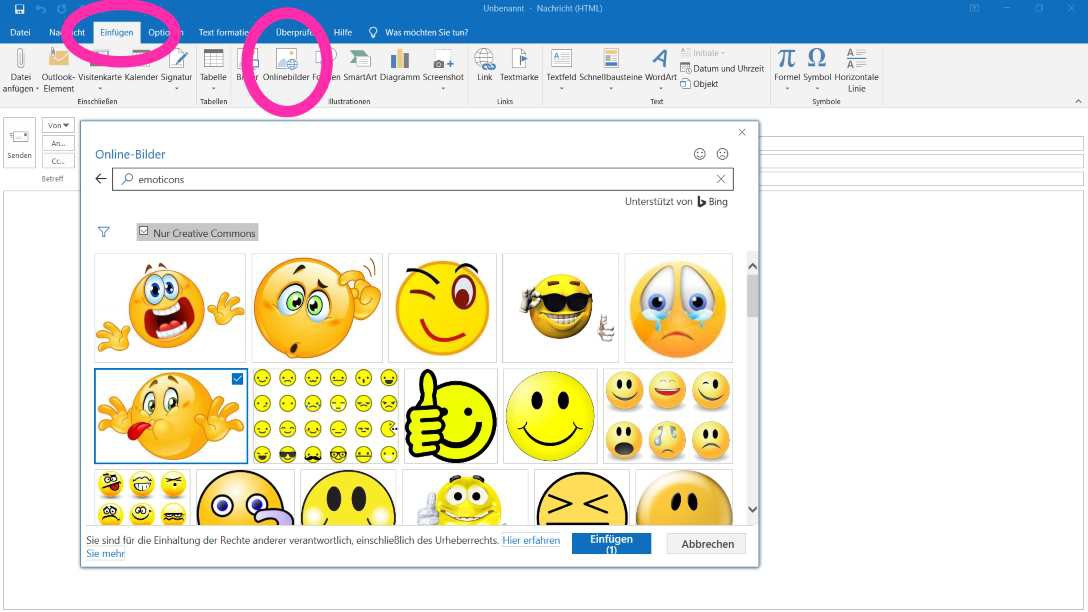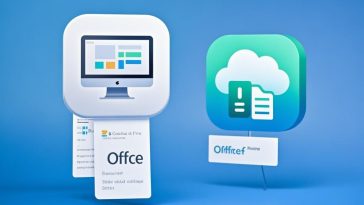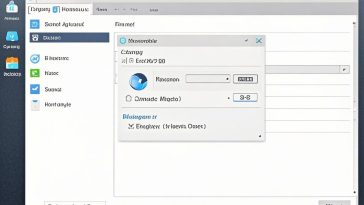If you use Outlook on a Windows or Mac computer, take advantage of the built-in emoji keyboard to insert smiley faces and a variety of emoticons into your emails. Here’s how it works:
When composing an email, place your cursor in the body or subject of the email where you want to add the emoji.
How to Use the Emoji Keyboard in Outlook
1. Position Your Cursor
When composing an email, place your cursor in the body or subject line where you want to insert the emoji. This ensures the emoji appears exactly where you need it.
2. Open the Emoji Picker Panel
Use one of the following keyboard shortcuts to bring up the emoji picker panel:
- On Windows: Press
Windows key + .(period) orWindows key + ;(semicolon). - On Mac: Press
Ctrl + Command + Spacebar.
3. Choose and Insert an Emoji
In the panel that appears, you can browse the various categories or enter keywords directly into the search bar to find the emoji you’re looking for.
Click on the emoji of your choice, and it will be instantly inserted into your message.
For example, to insert a smiley face into an Outlook message:
- Switch to the Smiley Faces & Animals category.
- Choose the icon that best expresses your emotion, such as a winking face or a cheerful smile.
4. Search by Keywords for Quick Access
To quickly find a specific emoji, type keywords describing its appearance, emotion, or meaning into the search bar within the emoji panel.
Note: The emoji selection panel is only available on Windows 10 or Windows 11 systems with the English language pack installed.
Using Outlook Emoji Shortcuts
Microsoft Outlook also makes it easy to convey emotions in your emails using emoticon keyboard shortcuts. These shortcuts consist of combinations of punctuation marks and letters arranged to resemble a human face. For example:
- 🙂 or
:-)to brighten your message with a smiley face. - 🙁 or
:-(to express a touch of sorrow with a sad face. - 😉 or
;-)to add a playful wink.
When you type these emoticons into a message, Outlook automatically transforms them into corresponding emojis.
Pro Tip: If you want to revert an emoji icon back to a text emoticon, simply use the Undo shortcut Ctrl + Z.
Note: These Outlook emoji shortcuts only work in the email body and are not supported in the subject line.
Tips for Using Emojis Effectively
- Keep It Professional: While emojis can make emails more relatable and fun, use them sparingly in formal or professional communication. A simple smiley can add warmth, but overusing emojis may come across as unprofessional.
- Consider Your Audience: Gauge the tone of your email and the preferences of your recipient before adding emojis. For instance, emojis are more common in casual or team-internal emails than in official client communications.
- Test the Display: Emojis can appear differently across devices and platforms. It’s a good idea to test how they render, especially if your recipients use a different email client or operating system.
Final Thoughts
Whether you’re adding a cheerful smile, a playful wink, or a heartfelt expression, emojis are an easy way to enhance your Outlook emails. By using the built-in emoji keyboard or classic emoticon shortcuts, you can quickly liven up your messages while staying efficient and clear.
Mastering these simple techniques allows you to communicate more dynamically, making your emails not only functional but also enjoyable to read. So why wait? Start experimenting with emojis in Outlook messages today!






